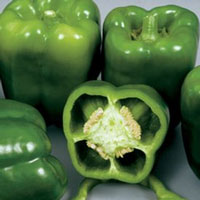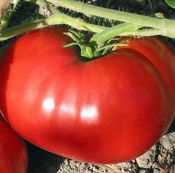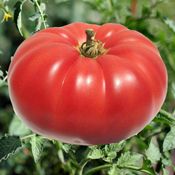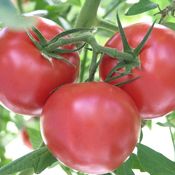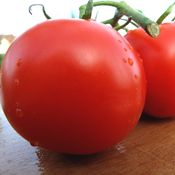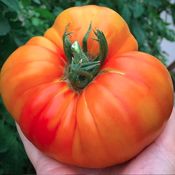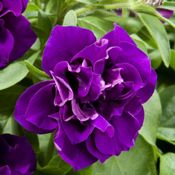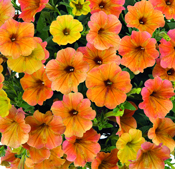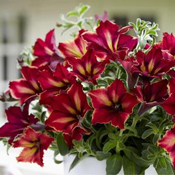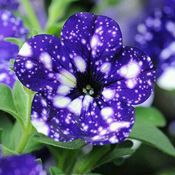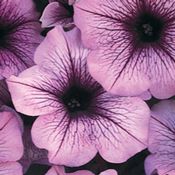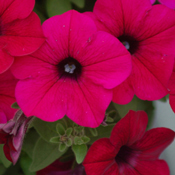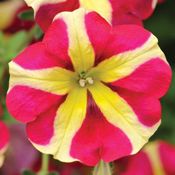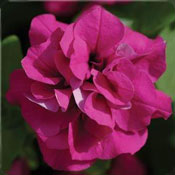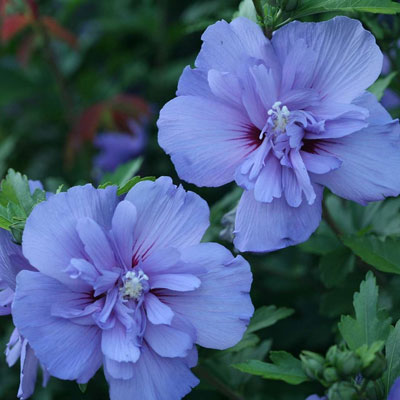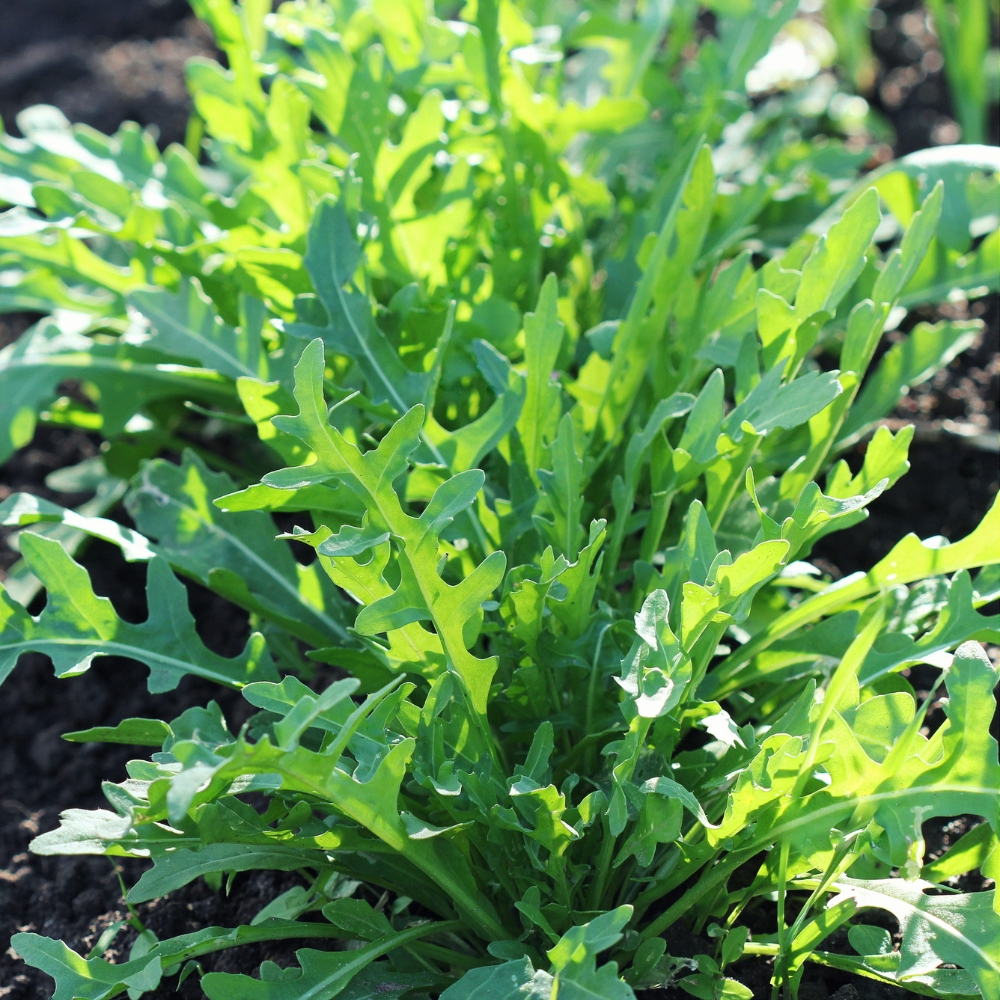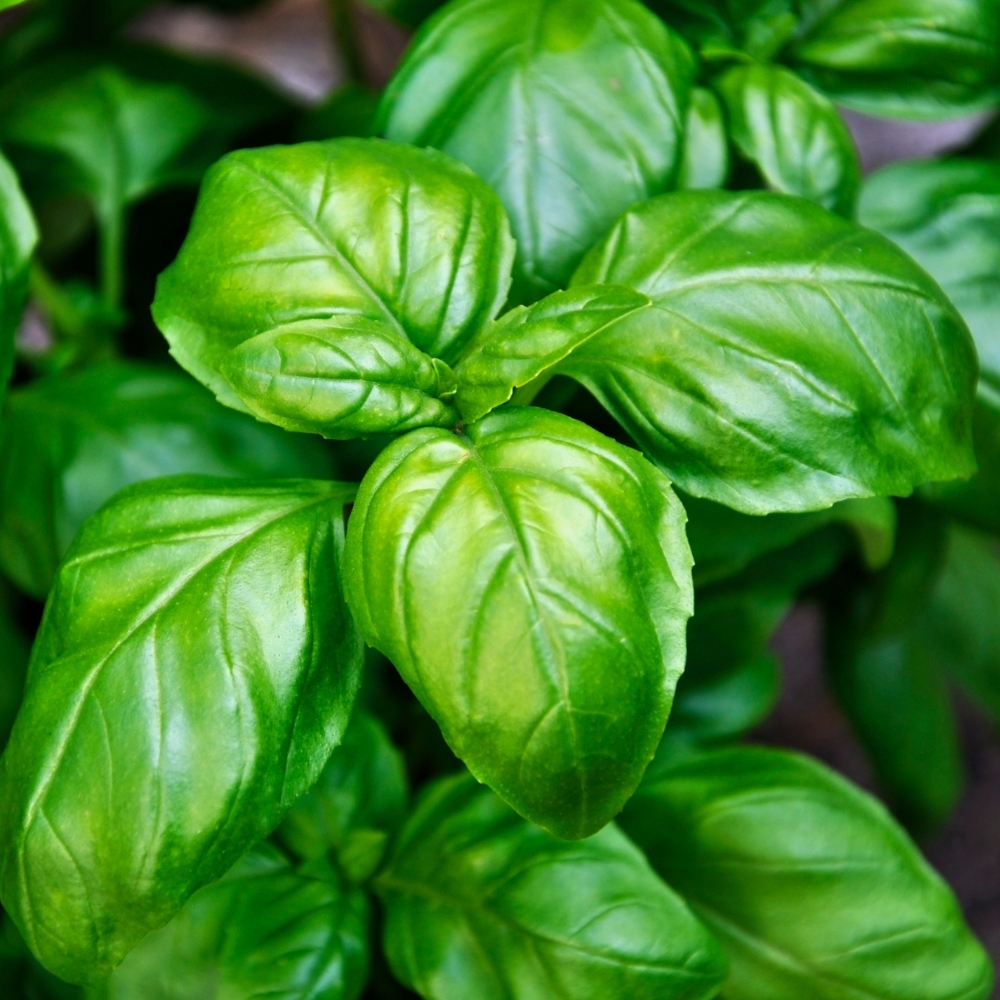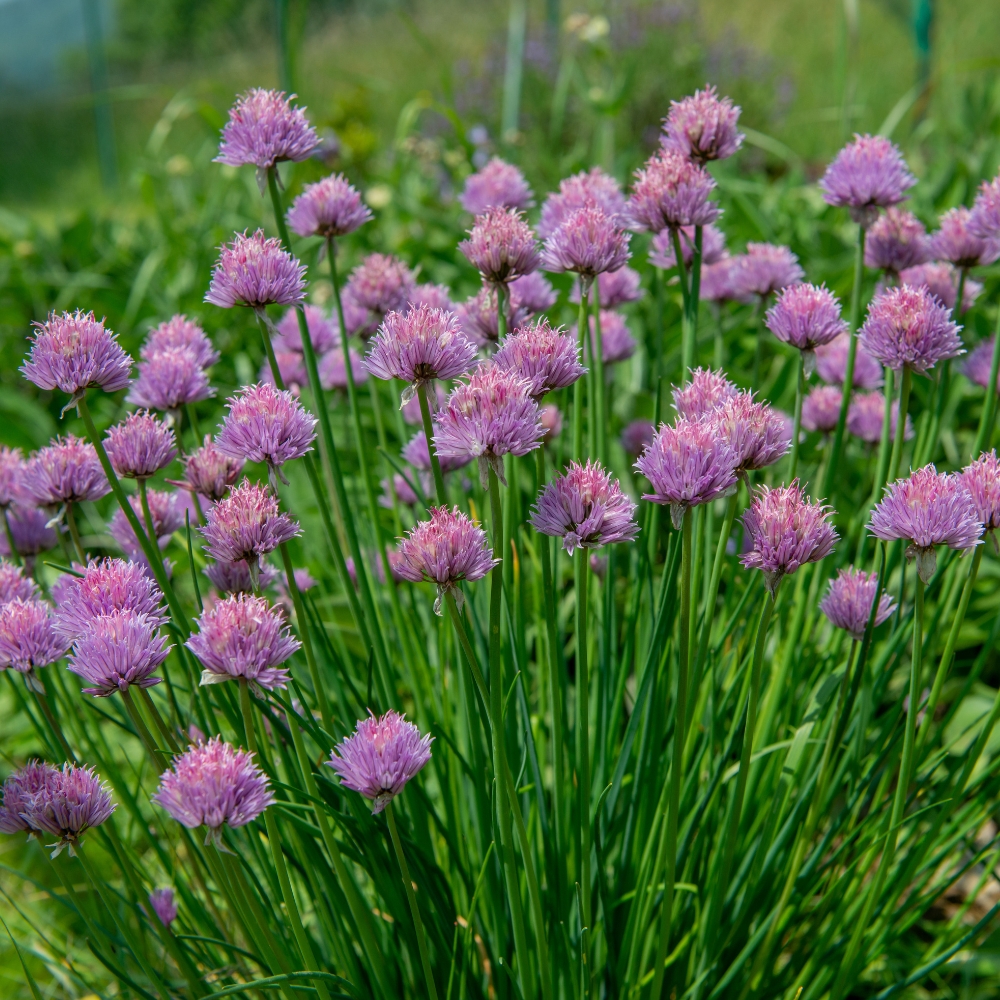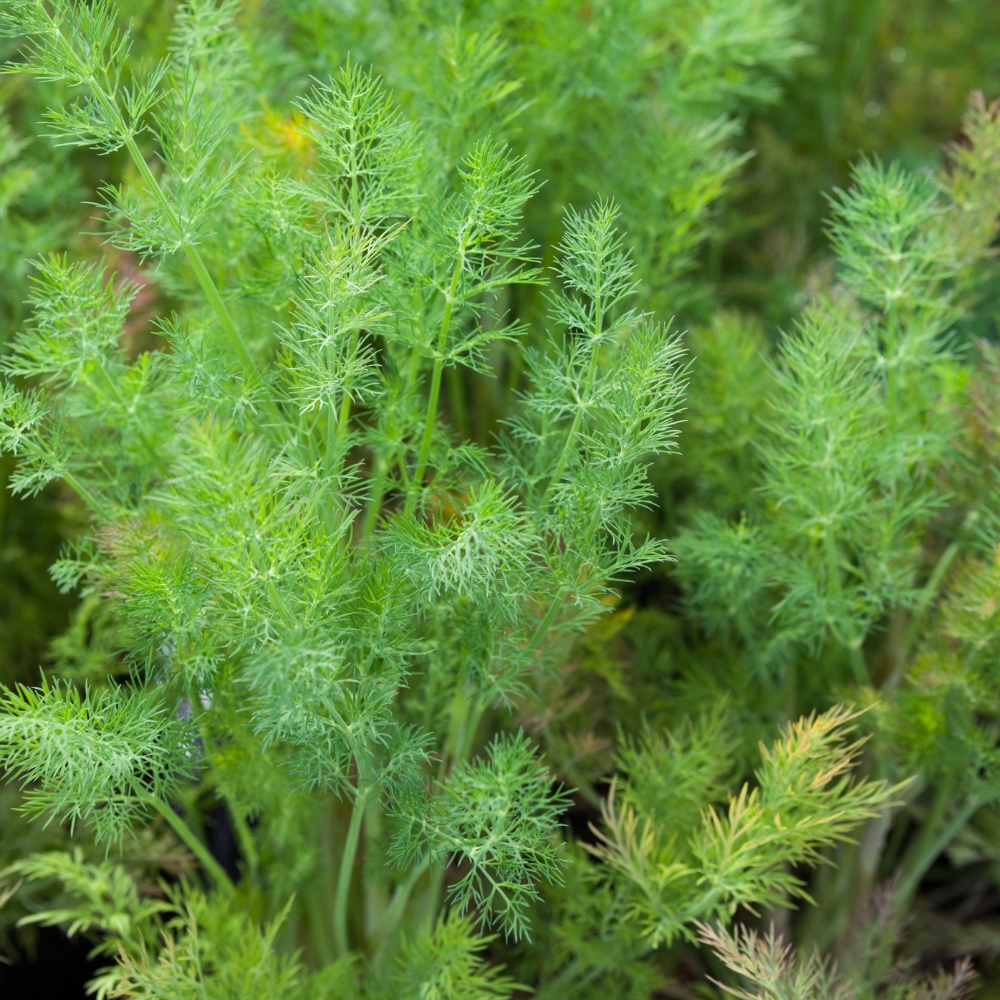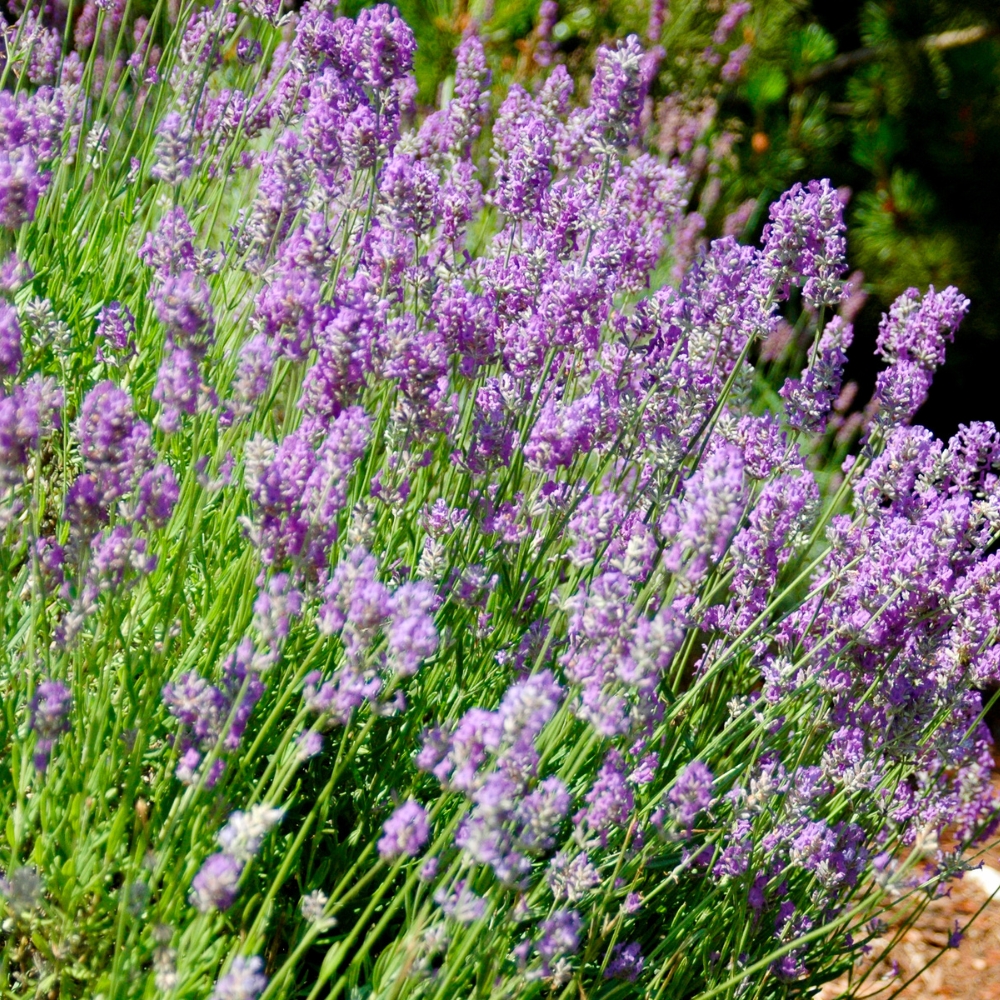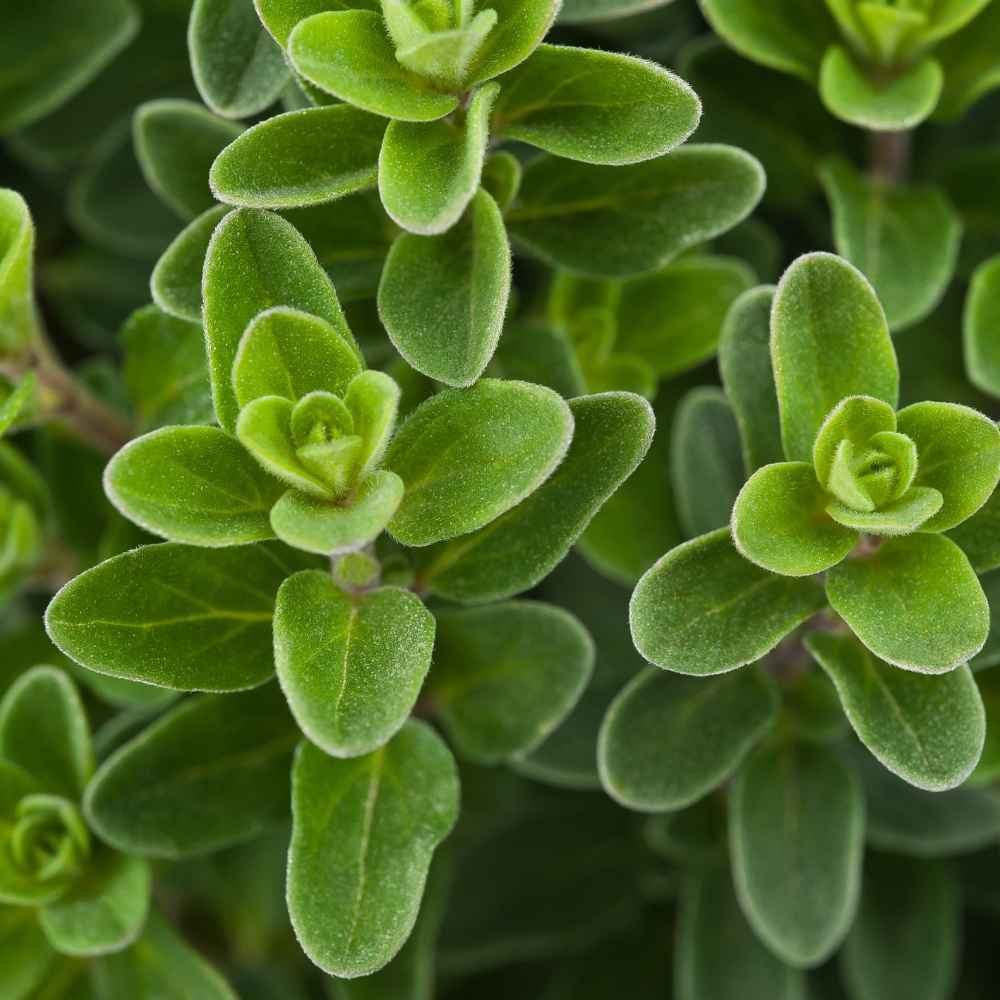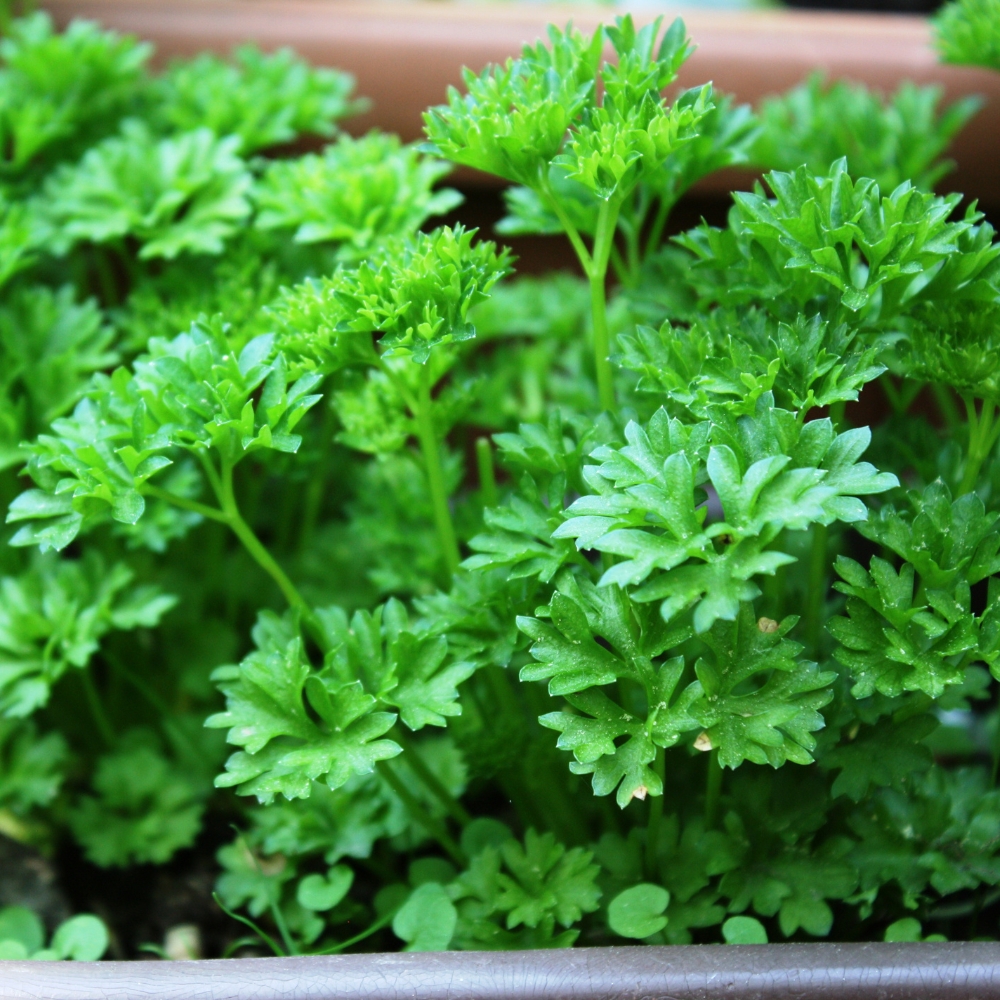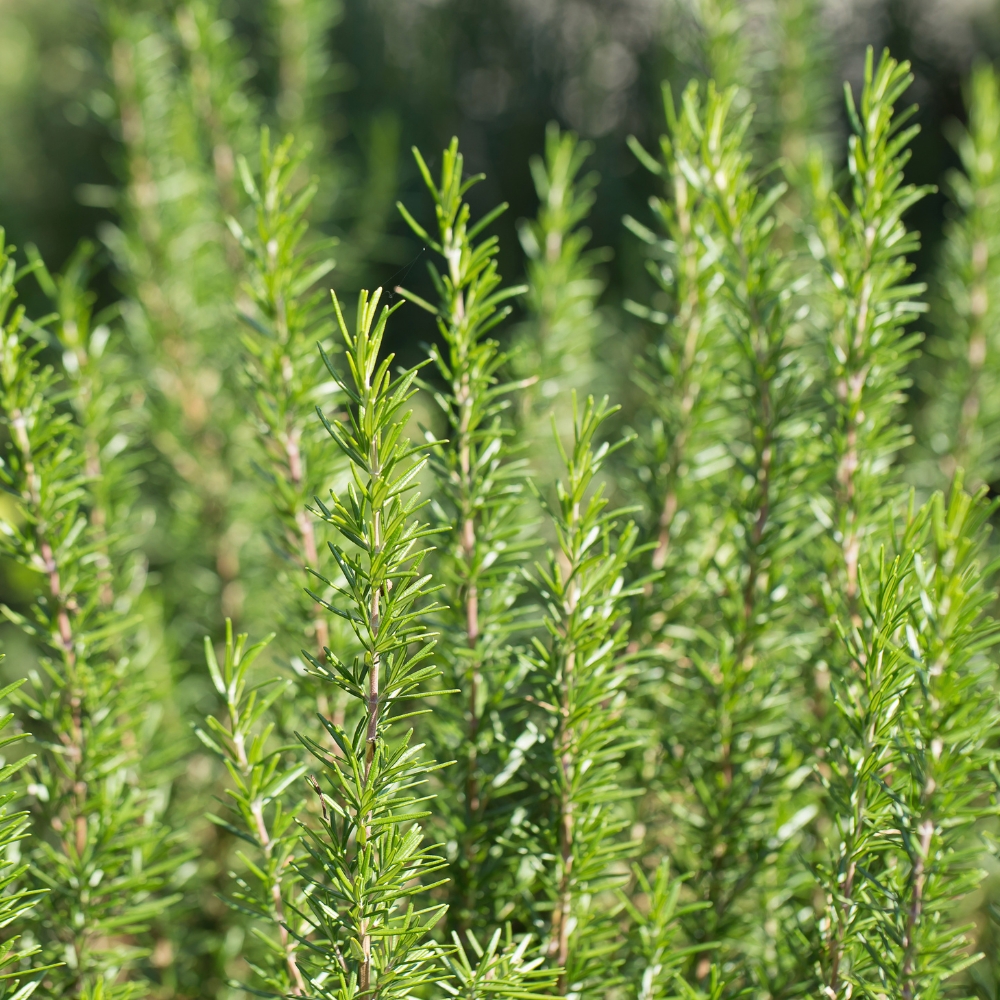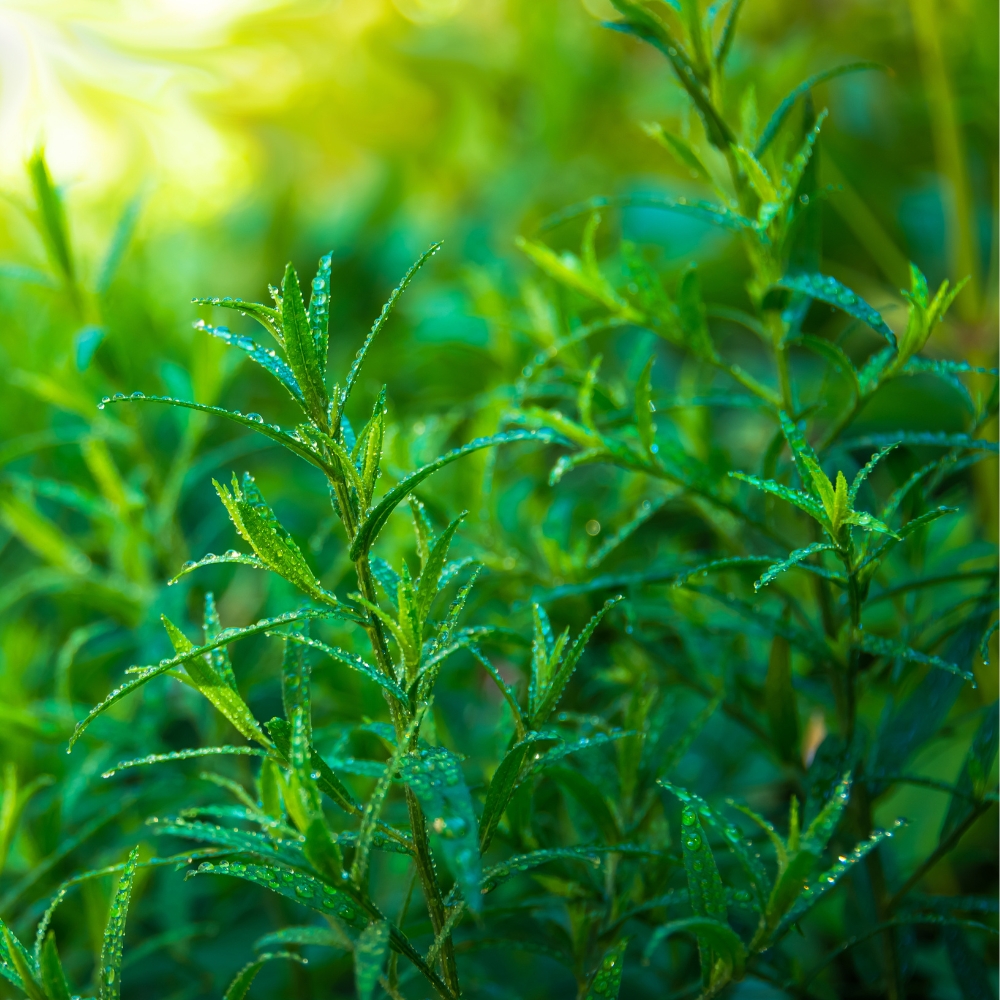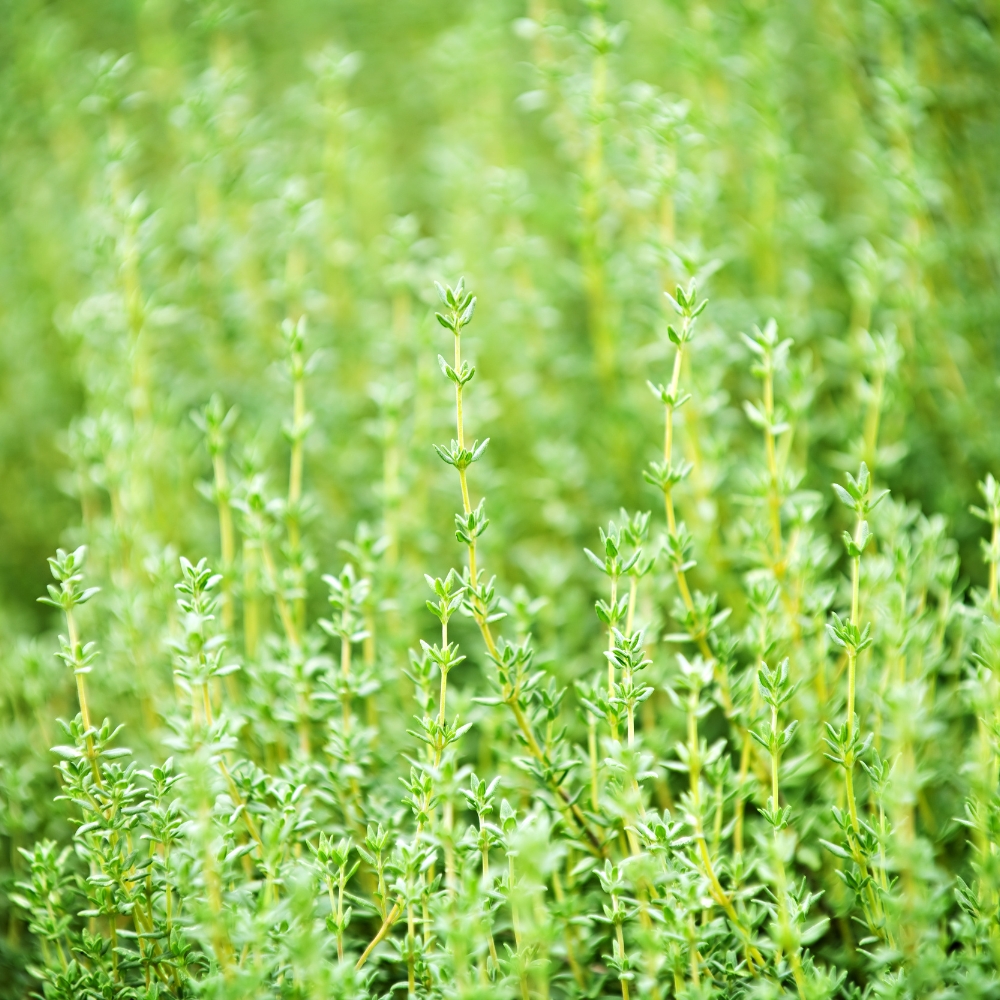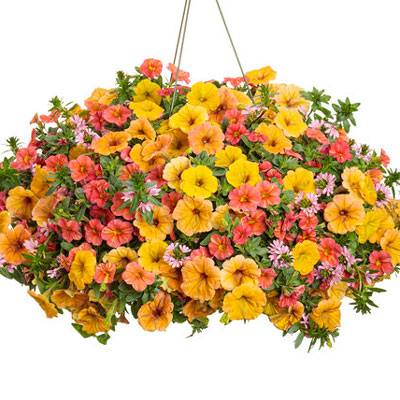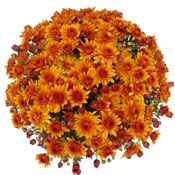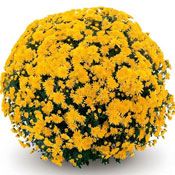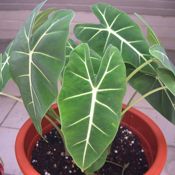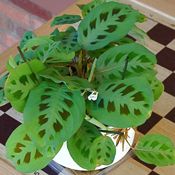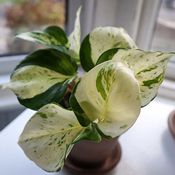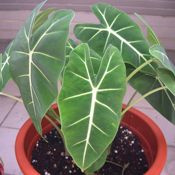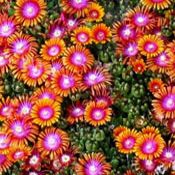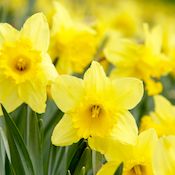
Imagine a garden that thrives with minimal effort, supports local wildlife, and bursts with natural beauty—native perennials can make this a reality for any gardener. These plants, which grow naturally in a region without human intervention, return year after year, offering a sustainable and stunning addition to any landscape. If you’re new to gardening or looking to create an eco-friendly outdoor space, native perennials are a perfect choice. In this Native Plant Gardening 101 guide, we’ll explore what native perennials are, why they’re worth choosing, and how to get started.
What Are Native Perennials?
Native perennials are plants that have evolved to grow naturally in a specific region, thriving in local soils, climates, and ecosystems without needing constant care. Unlike annuals, which complete their life cycle in one season, perennials return each year, often becoming more robust over time. They include a diverse range of wildflowers, ferns, grasses, and shrubs, each contributing to the natural beauty and biodiversity of their surroundings.
Some examples of native perennials include:
- Wildflowers: Indian Pink (Spigelia marilandica), with its vibrant red-and-yellow tubular flowers, and Blue Violet (Viola sororia var. papilionacea), a delicate purple groundcover.
- Ferns: Christmas Fern (Polystichum acrostichoides), known for its evergreen fronds, and Maidenhair Fern (Adiantum pedatum), with its lacy, fan-shaped leaves.
- Grasses: River Oats (Chasmanthium latifolium), an ornamental grass with nodding seed heads, and Broom Sedge (Andropogon virginicus), a fine-textured grass for natural areas.
- Shrubs: Elderberry (Sambucus canadensis), a shrub with edible berries and fragrant white flowers, and Wild Hydrangea (Hydrangea arborescens), offering large, showy blooms.
These plants play a vital role in local ecosystems, supporting pollinators, wildlife, and soil health—making them a cornerstone of sustainable gardening.
Why Choose Native Perennials for Your Garden?
Ecological Benefits
Native perennials are perfectly adapted to their environments, which means they support local ecosystems in powerful ways. Plants like Cardinal Flower (Lobelia cardinalis) and Wild Bergamot (Monarda fistulosa) provide nectar for bees, butterflies, and hummingbirds, helping pollinator populations thrive. Others, such as Solomon’s Seal (Polygonatum biflorum) and Spiderwort (Tradescantia subaspera), offer shelter and food for birds and small mammals, enhancing biodiversity.
By planting natives, you reduce the need for chemical fertilizers and pesticides, as these plants are naturally resistant to local pests and diseases. This creates a healthier garden and a happier planet, aligning with the growing interest in sustainable gardening practices.
Low Maintenance
One of the biggest advantages of native perennials is their low-maintenance nature. Once established, plants like Yellow Trillium (Trillium luteum) and Sensitive Fern (Onoclea sensibilis) require minimal watering, pruning, or fertilizing. They’re built to withstand local weather patterns, from drought to heavy rain, saving you time and resources.
This resilience makes native perennials perfect for beginner gardeners or anyone looking to simplify their landscaping routine while still enjoying a vibrant garden.
Aesthetic Appeal
Native perennials bring year-round beauty to your outdoor space with their diverse colors, textures, and bloom times. Imagine the bright purples of Primrose-Leaf Violet (Viola primulifolia) peeking through the forest floor, or the delicate fronds of Cinnamon Fern (Osmunda cinnamomea) adding a soft green contrast in shady areas. Tall, golden Wingstem (Verbesina alternifolia) can create a stunning backdrop, while low-growing Birdsfoot Violet (Viola pedata) adds charm as a groundcover.
Together, these plants create a natural, low-maintenance landscape that feels authentic and inviting, perfect for any garden style.
How to Get Started with Native Perennial Gardening
Assess Your Space
Start by observing your garden’s conditions. Consider:
- Sunlight: Do you have full sun, partial shade, or deep shade? Plants like Prairie Red Trillium (Trillium recurvatum) thrive in shady, moist areas, while Yellow Stargrass (Hypoxis hirsuta) loves sunny spots.
- Soil Type: Is your soil sandy, loamy, or clay-based? Native perennials are adapted to local soils, but you may need to amend or improve drainage for optimal growth.
- Moisture Levels: Some plants, like Ebony Spleenwort (Asplenium platyneuron), prefer dry shade, while others, like Large-Leaf Waterleaf (Hydrophyllum appendiculatum), thrive in moist conditions.
Research and Plan
Use resources like local native plant societies, botanical gardens, or online databases to learn about native perennials suitable for your area. Group plants by height, bloom time, and water needs to create a balanced design. For example, pair tall River Oats (Chasmanthium latifolium) with low-growing Violets (Viola species) for a layered look that blooms sequentially throughout the season.
Sourcing Plants
You may not find all of the native perennials listed here at every garden retailer, but many are available through various sources. Check local nurseries, native plant sales, or conservation organizations for seeds, divisions, or young plants of wildflowers, ferns, grasses, and shrubs, such as Elderberry (Sambucus canadensis), Christmas Fern (Polystichum acrostichoides), and River Oats (Chasmanthium latifolium). Look for affordable options to start your garden and support local ecosystems by choosing plants adapted to your region.
Planting and Care
- Timing: Plant in fall or spring for best establishment, mimicking the natural cycles of plants like Large-Flowered White Trillium (Trillium grandiflorum).
- Planting: Dig holes slightly larger than the root ball, spacing plants according to their mature size. Mulch with natural materials like leaf litter to retain moisture and mimic forest floors.
- Care: Water sparingly after establishment—native perennials are drought-tolerant once rooted. Avoid over-fertilizing or overwatering to maintain their natural hardiness.
Common Native Perennials to Inspire You
Here are a few standout native perennials to spark your imagination:
- Indian Pink (Spigelia marilandica): A vibrant red-and-yellow tubular flower, perfect for attracting hummingbirds to your garden.
- Large-Flowered White Trillium (Trillium grandiflorum): A striking white bloom for woodland gardens, symbolizing spring renewal with its three-petaled elegance.
- River Oats (Chasmanthium latifolium): An ornamental grass with nodding seed heads, ideal for borders or natural areas, adding texture and movement.
- Elderberry (Sambucus canadensis): A shrub with edible berries and fragrant white flowers, great for wildlife and humans alike, offering both beauty and utility.
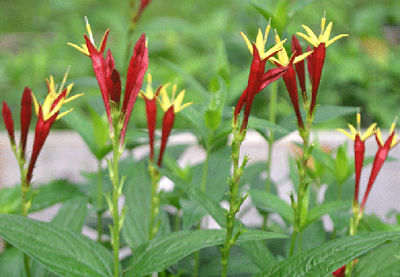
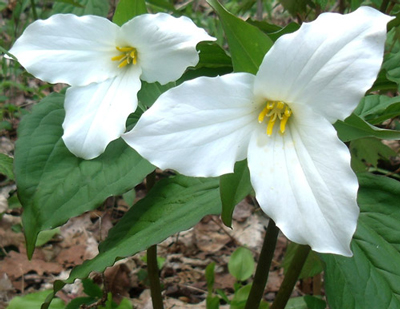
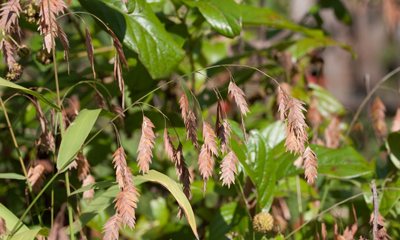
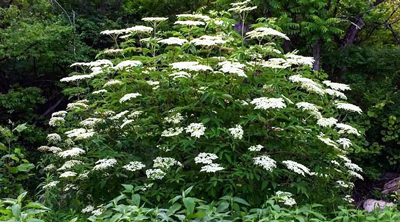
Conclusion
Native perennials are more than just plants—they’re a gateway to sustainable, low-maintenance gardening that supports local ecosystems and delights the senses. By choosing plants like Trillium, Violets, and River Oats, you’re not just growing a garden—you’re nurturing a thriving ecosystem, one beautiful plant at a time.
Ready to dive deeper into native plant gardening? Explore growjoy.com to discover the native perennials we offer, and start transforming your garden with plants that bring natural beauty and ecological benefits. Sign up for our newsletter for more tips on creating a sustainable garden, and join the growing movement of gardeners making a difference with every plant they grow!

















































































